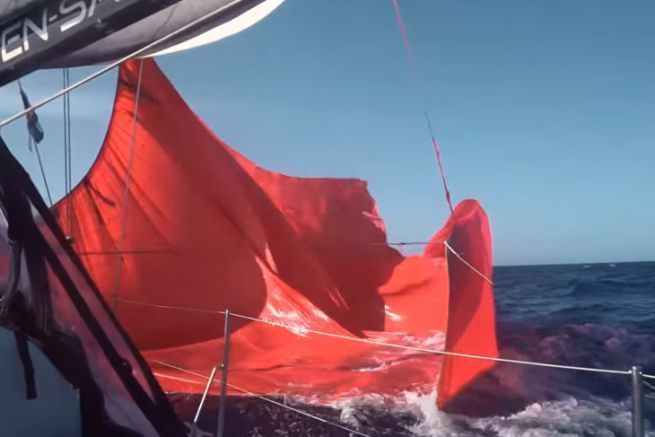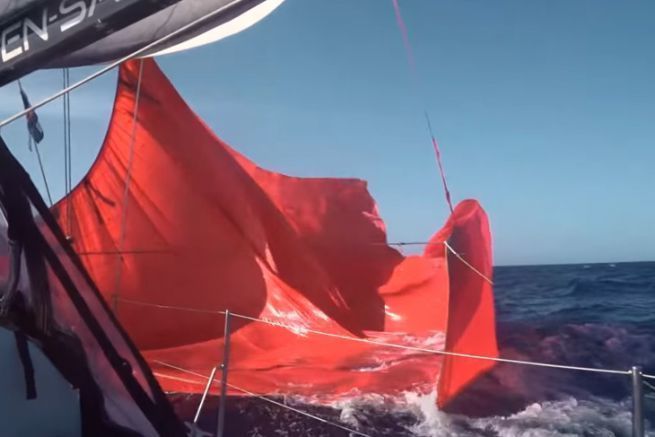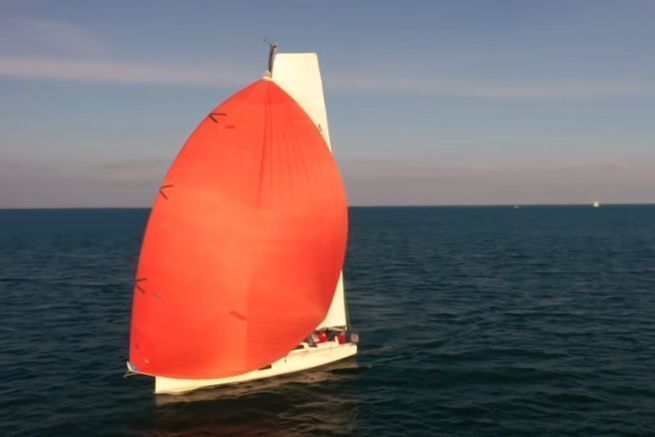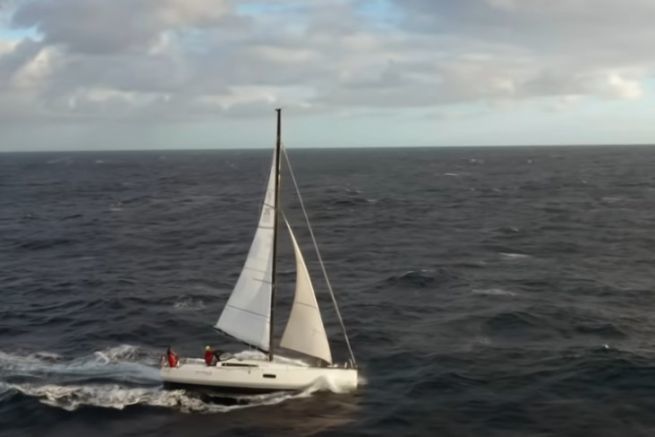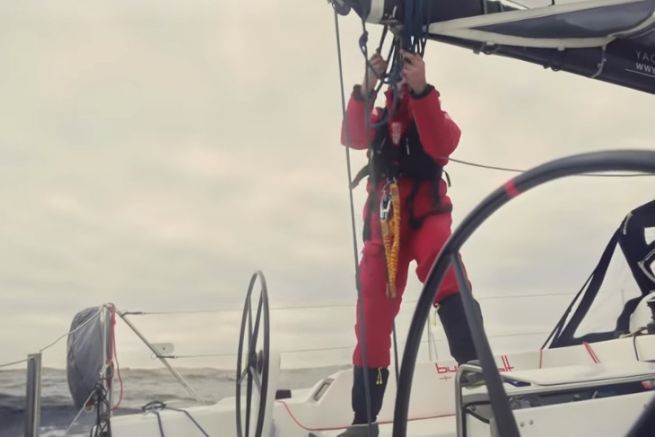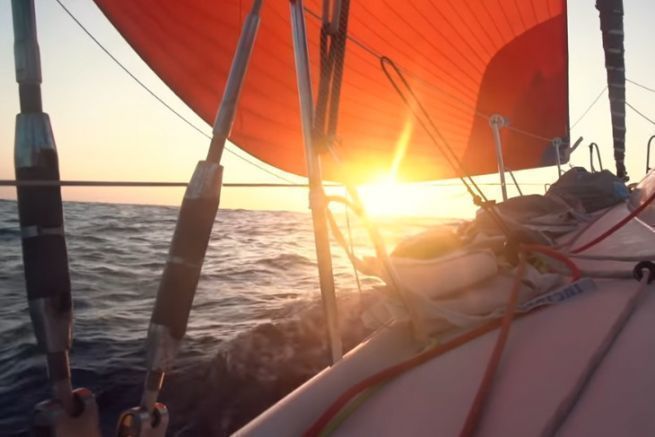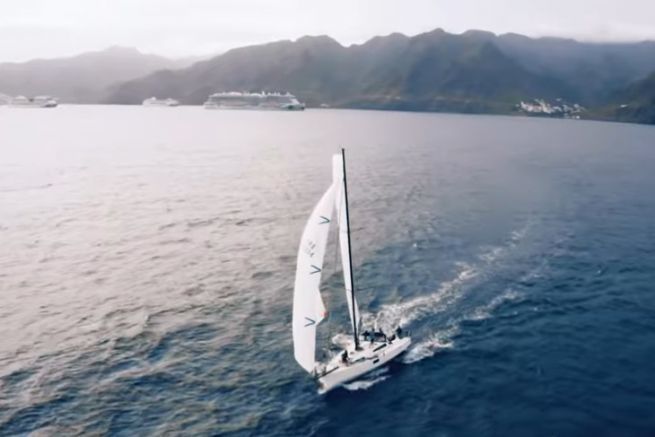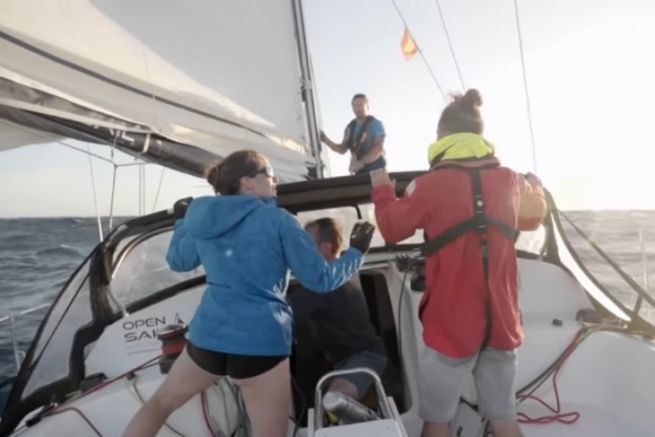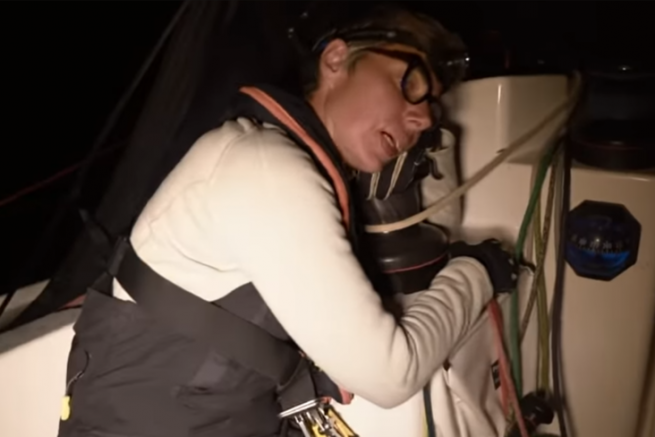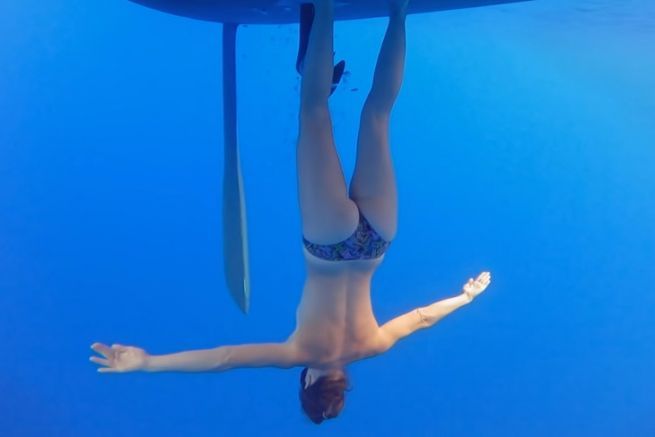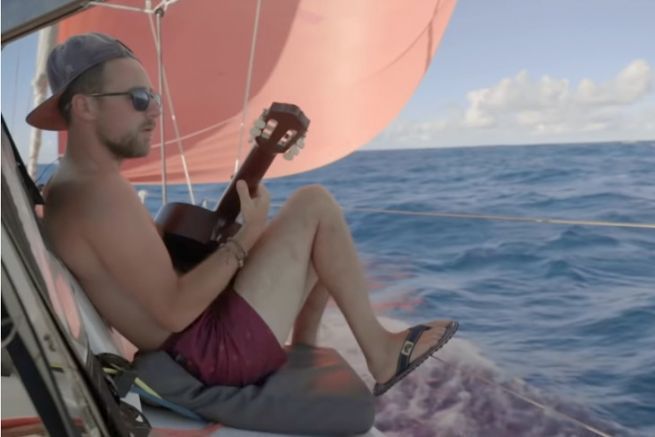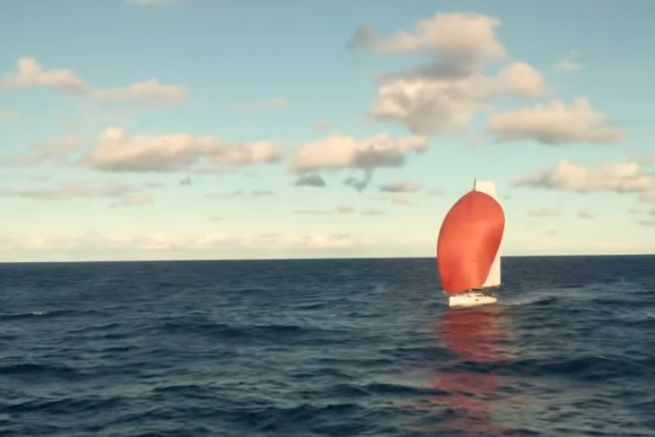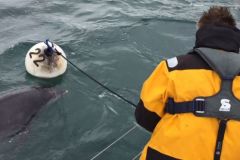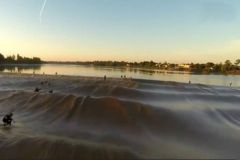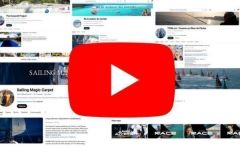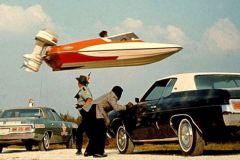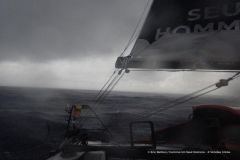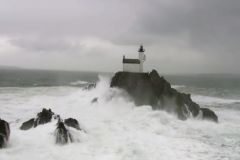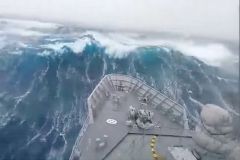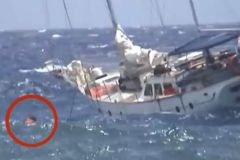A specialist of the image in hostile environment
Christopher Chand was no neophyte when he began filming Pretenders to the Atlantic, the series supported by Radio Télévision Suisse and Skippers magazine. Although he had done some sailing when he was young, he was mostly used to extreme reporting. After reporting on conflict areas and geopolitics such as in Iraq, he specialized in video in extreme environments. Amateur of mountain, it is an environment where he shoots very regularly.
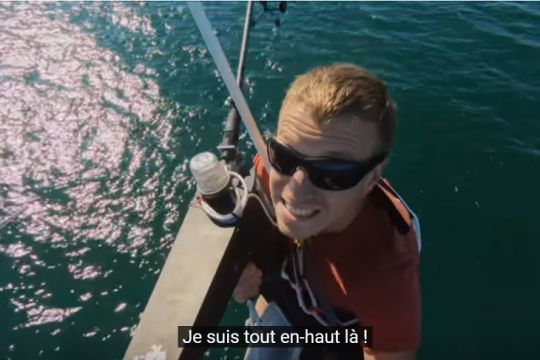
Difficulties of filming at sea
Shooting on board a boat was a new challenge for him. Equipped with two Sony Alpha 7 cameras, waterproof housings and several drones, the work was nevertheless complex. "At sea, the difficulty is that everything is mobile, plus there is seasickness. It is sometimes even more difficult than in the high mountains of Greenland with -50°C. I still lost 4 drones on the shooting, the takeoff at sea being complex" confesses Christopher Chand.
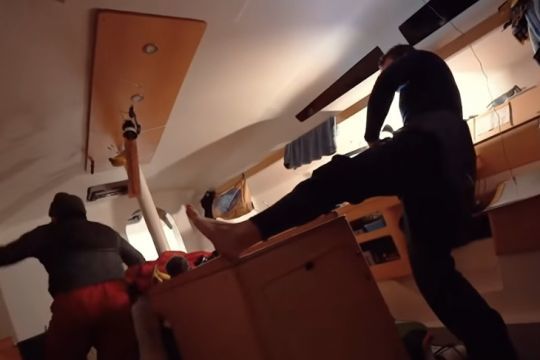
Other less obvious difficulties appear, such as the orientation of the light, which is identical every day when sailing on the same course for several weeks. The choice of framing is then necessary depending on whether you want backlighting or direct lighting. If the red spinnaker gives color to the images, it can be a bit omnipresent.
"The shots were dictated by the time of day. For the spi, I reworked the white balance for all these scenes" explains the director.
Writing a script
If the scenes of the series are natural, they sometimes had to be refilmed when Christopher was not there with his camera. For the 10 episodes, the script had to be written before editing. "When I came back, I still wrote 20 pages of script. I had 4,000 dailies. That's phenomenal. The challenge was that each episode had to be original. Fortunately, every day there was something different going on and the cast was funny and natural. At the beginning they were a little afraid of the camera and at the end they replayed scenes naturally" underlines Christopher.

A team member apart
The videographer tells of having lived an atypical experience, between navigation and cinema. "It's a very curious experience because I was a bit outside, very much on the lookout for images. This may have generated tensions that you don't always see on the screen. I experienced something different than the rest of the crew, not with the same casualness. I did my watch like everyone else and I also got up to film during the others' watch. It was a double watch, which is quite exhausting. Nonetheless, it was a great experience."
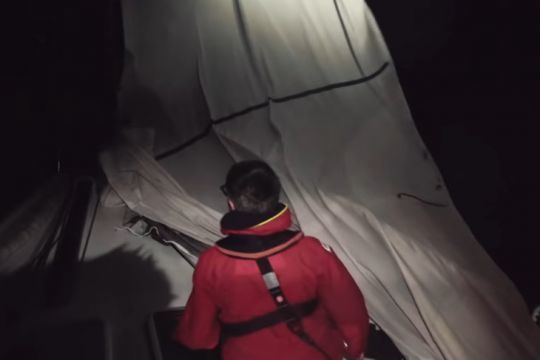
When asked about the possibility of doing mediaman on an offshore race, he laconically concludes: "I would like that, but I haven't really looked at what they do..."

 /
/ 